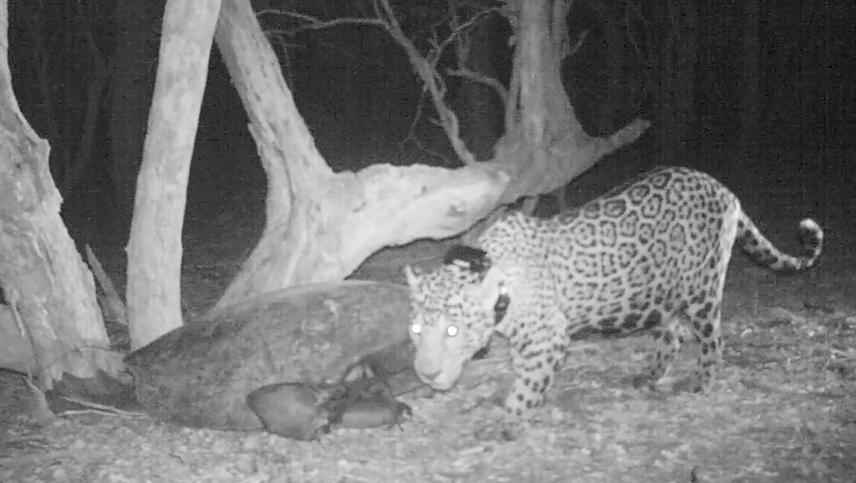Hansel Herrera
We aim to determine the influence of prey availability (sea turtle abundance), climatic variables and human activities (tourism) on the activity patterns and predatory behaviour of the jaguar.

Jaguars, like most large carnivores, face numerous threats mostly due to anthropogenic factors like animal farming and agriculture. In the north western region of Costa Rica lies a place where jaguars presumably thrive in the largest remnant of tropical dry forest of Central America. However, inside the Guanacaste Conservation Area, jaguars are still vulnerable to human activities like ecotourism and weather-derived factors.
We captured and radio-tagged two jaguars with the purpose of investigating how climatic variables like temperature, precipitation and seasonality influence directly over jaguar behaviour in the region or indirectly over one of their main prey species: the sea turtles. We too aim to understand how touristic activities inside the protected area influence sea turtle predation by jaguars and the temporal and spatial distribution of both species in the area.
We hope that the national park authorities to regulate the use of this wild land for touristic purposes can use our results. This could help to prevent a negative impact of tourism on the fragile ecology of jaguars and sea turtles in the Guanacaste Conservation Area, as well as a potential spatial displacement of the jaguars outside the protected are, which could translate into a jaguar-human conflicts with the cattle ranches surrounding the park.